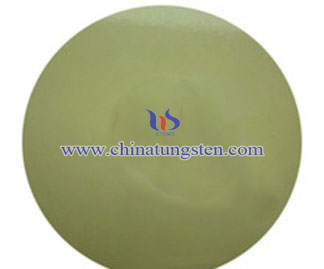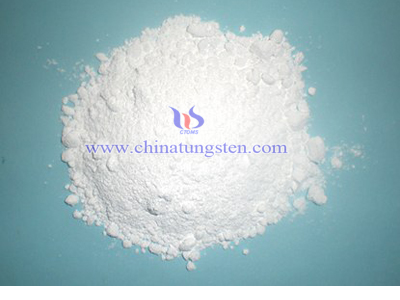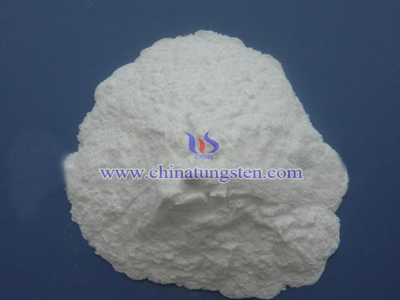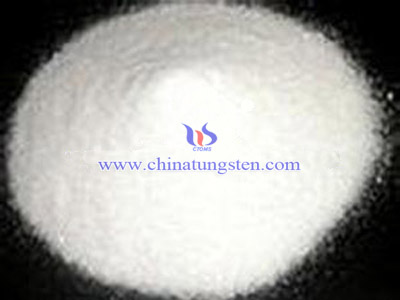Tungsten Oxide Ceramic Varistor Property
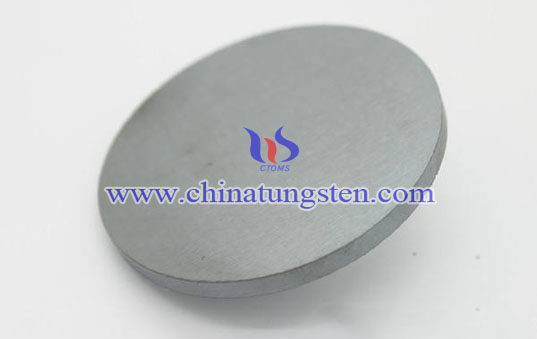
A varistor is an electronic component with an electrical resistance that varies with the applied voltage. Also known as a voltage-dependent resistor (VDR), it has a nonlinear, non-ohmic current–voltage characteristic that is similar to that of a diode. In contrast to a diode however, it has the same characteristic for both directions of traversing current. At low voltage it has a high electrical resistance which decreases as the voltage is raised.
Varistors are used as control or compensation elements in circuits either to provide optimal operating conditions or to protect against excessive transient voltages. When used as protection devices, they shunt the current created by the excessive voltage away from sensitive components when triggered.
The nonlinear WO3 ceramics (pressure-sensitive behavior) was first reported by Makarov in 1994, and it’s pointed out that it can be used as a low pressure-sensitive materials in the field of microelectronics since the WO3 ceramics has low varistor voltage. But there are not further studies and reports in earlier studies about behavior origin and mechanism of WO3 ceramics issues.
Research shows that the varistor characteristics of WO3 ceramic is different from traditional ZnO and SnO2 Varistor material, the conventional Schottky barrier model can not explain the behavior of WO3 ceramic varistor yet, so the conventional grain boundary Schottky barrier model needs to be modified. In view of which, WO3 ceramics was prepared, and the mechanism of the pressure-sensitive characteristics were studied, and amendments WO3 ceramic grain boundary Schottky barrier model was proposed.
Undoped WO3 ceramics sintered has obvious nonlinear behavior, AES spectra shows the ceramic crystals surface has excess of oxygen. Results of the quenching and the atmosphere treatment of ceramic samples showed that the excess of oxygen on the grains surface is the result of the oxygen adsorption of the ceramic during cooling. With the effect of oxygen of the grain surface adsorption and W ions, and electrons combine to provide grain interior surface of the grains in the form of O- and O2- interface states at grain boundaries further Schottky barrier is WO3 ceramic varistor origin of behavior. Thus according to the conventional pressure-sensitive ceramic grain boundary Schottky barrier model, a revised WO3 ceramic grain boundary barrier model.

